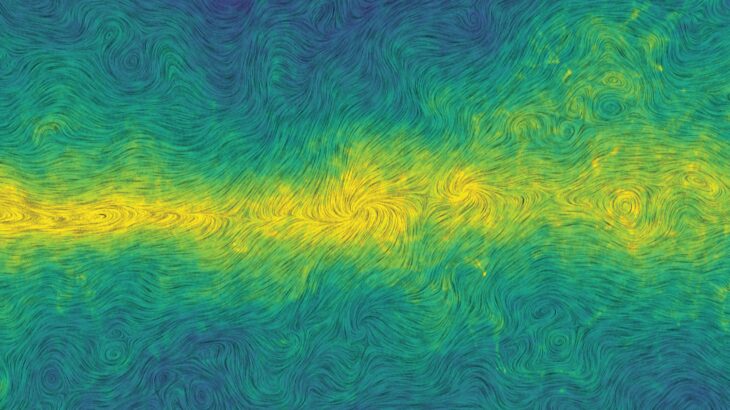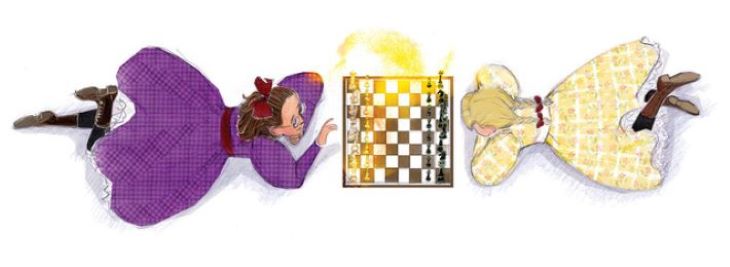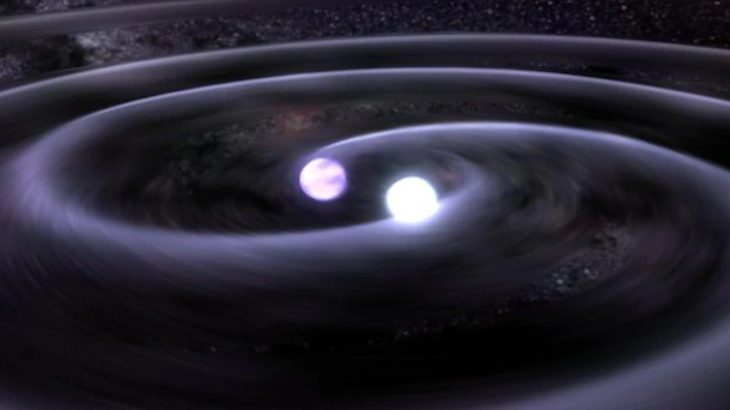
By Eloise Chakour, Physics & Astronomy editor SNOLAB, Canada’s deep underground research laboratory, celebrated its 10th anniversary this year. Located two kilometres deep in a mine near Sudbury, Ontario, this facility hosts the world’s deepest, cleanest laboratory space. Over the past decade, SNOLAB has been at the forefront of astroparticle physics research and physicists anticipate […]







